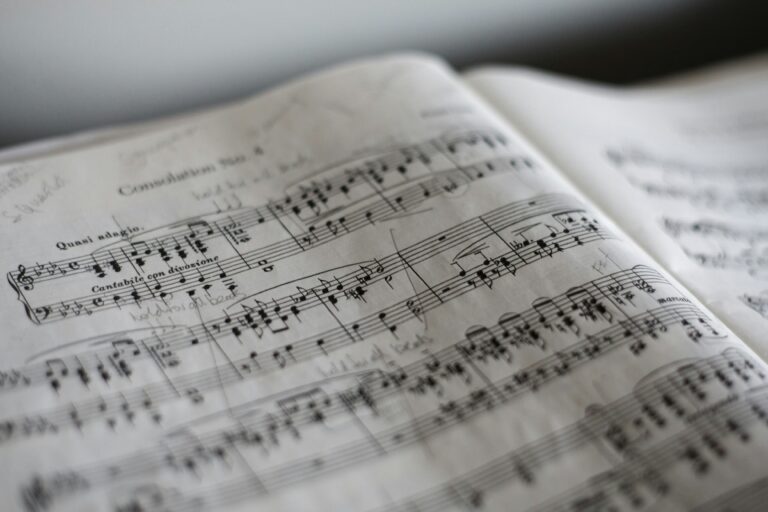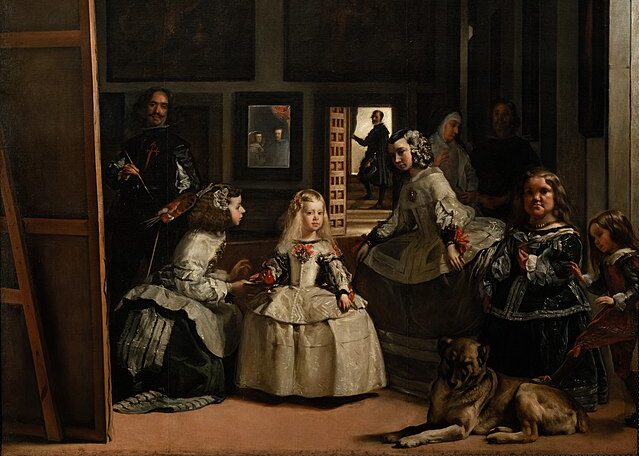To the casual observer, the conductor of an orchestra might appear to be merely a figure standing in front of musicians, rhythmically waving a baton to keep time. However, the reality is far more complex. The conductor’s role is a blend of artistry, leadership, and deep musical understanding. Conducting is not just about keeping the ensemble in sync; it’s about interpreting the music, inspiring the musicians, and shaping the overall performance. This article explores the nuanced and multifaceted art of conducting, delving into its history, responsibilities, and the profound impact a conductor has on the music we hear.
The History and Evolution of Conducting
Early Conducting Practices
The origins of conducting can be traced back to ancient times, when music was often led by a performer within the ensemble, such as a singer or instrumentalist, who would provide cues for the group. During the Medieval and Renaissance periods, the role of leading the ensemble was typically fulfilled by the concertmaster (the lead violinist) or the harpsichordist, who would play the basso continuo while directing the ensemble with subtle gestures or head movements.
As music became more complex, particularly during the Baroque period, the need for a more distinct leadership role emerged. However, it wasn’t until the 18th and 19th centuries that the role of the conductor, as we understand it today, began to take shape. This shift was driven by the increasing size of orchestras and the growing complexity of compositions, which required a dedicated individual to guide and unify the musicians.
The Rise of the Modern Conductor
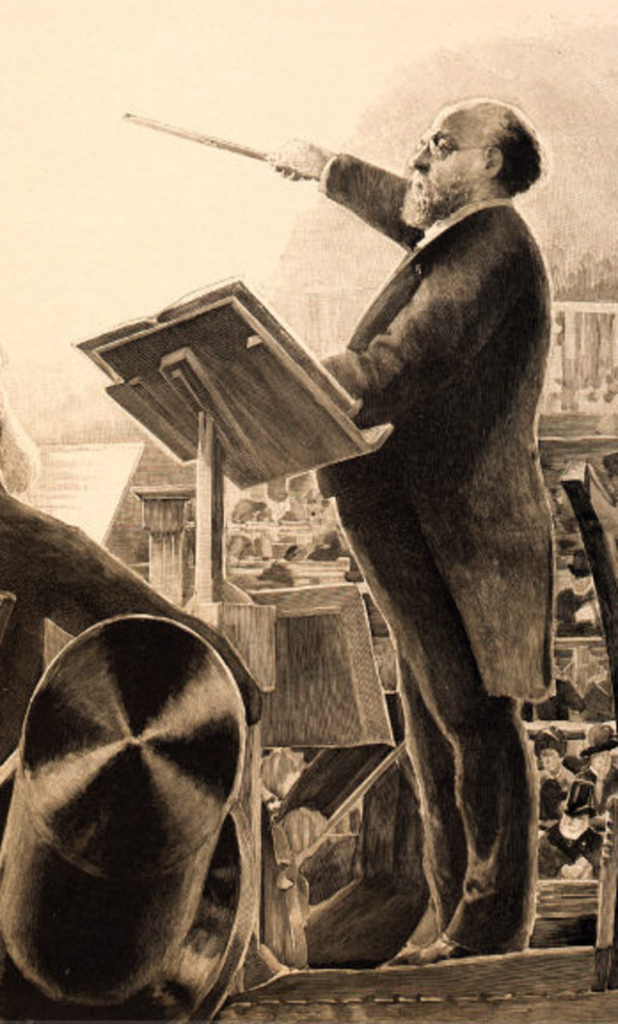
The 19th century saw the emergence of the modern conductor as a pivotal figure in orchestral performances. Composers such as Hector Berlioz and Richard Wagner were instrumental in defining the conductor’s role. Berlioz, a composer and conductor, recognized the importance of having someone who could interpret the score and communicate that vision to the orchestra. Wagner, known for his monumental operas, insisted on precise and expressive conducting to bring out the emotional depth and drama in his music.
During this period, the baton became a standard tool for conductors, replacing earlier methods of timekeeping, such as the use of a rolled-up piece of paper or even a staff. The baton allowed conductors to communicate more clearly and effectively with the ensemble, using a wider range of gestures to indicate dynamics, tempo changes, and phrasing.
The baton also became a symbol of the conductor’s authority and artistic vision. No longer just a timekeeper, the conductor became the artistic leader, responsible for interpreting the composer’s intentions and shaping the performance. This evolution marked a significant turning point in the history of music, solidifying the conductor’s role as a central figure in orchestral music.
The Conductor’s Responsibilities
Interpreting the Score
One of the primary responsibilities of a conductor is to interpret the musical score. This process begins long before the first rehearsal, as conductors spend hours studying the score, analyzing its structure, harmonies, and thematic development. They must make decisions about how to bring the music to life—whether to emphasize certain dynamics, how to pace the tempo, and how to handle the transitions between sections.
The conductor’s interpretation is a delicate balance between respecting the composer’s intentions and bringing their own personal insights to the music. This interpretative process is what makes each performance unique, as different conductors may bring out different nuances and emotions in the same piece of music. Some conductors, like Arturo Toscanini, were known for their strict adherence to the score, while others, like Leonard Bernstein, were celebrated for their imaginative and expressive interpretations.
Rehearsal Techniques
Rehearsals are where the conductor’s vision begins to take shape. During rehearsals, the conductor works closely with the musicians to refine the performance, addressing technical issues, balancing the ensemble, and ensuring that the interpretation is cohesive. This requires not only a deep understanding of the music but also the ability to communicate effectively with the musicians.
Conductors use a variety of rehearsal techniques, depending on their style and the needs of the ensemble. Some conductors, like Herbert von Karajan, were known for their meticulous attention to detail, often rehearsing sections repeatedly until they achieved the desired sound. Others, like Gustavo Dudamel, are known for their energetic and inspirational approach, motivating the musicians through a combination of passion and precision.
Rehearsals also provide an opportunity for conductors to build rapport with the musicians, fostering a sense of trust and collaboration that is essential for a successful performance. This relationship is crucial, as the conductor must be able to inspire confidence and encourage the musicians to perform at their best.
Leading in Performance
When it comes to the performance, the conductor’s role shifts from preparation to real-time leadership. During the concert, the conductor’s gestures, facial expressions, and body language guide the musicians, helping to shape the dynamics, phrasing, and overall flow of the music. Conducting is a highly physical activity, requiring not only precision and clarity but also an expressive range that conveys the emotional content of the music.
In live performances, the conductor must be able to adapt to the nuances of the moment, responding to the acoustics of the venue, the energy of the audience, and the interactions between the musicians. This dynamic aspect of conducting makes each performance a unique experience, as the conductor interprets the music in real-time, often making subtle adjustments to ensure the best possible rendition.
The Conductor as a Leader
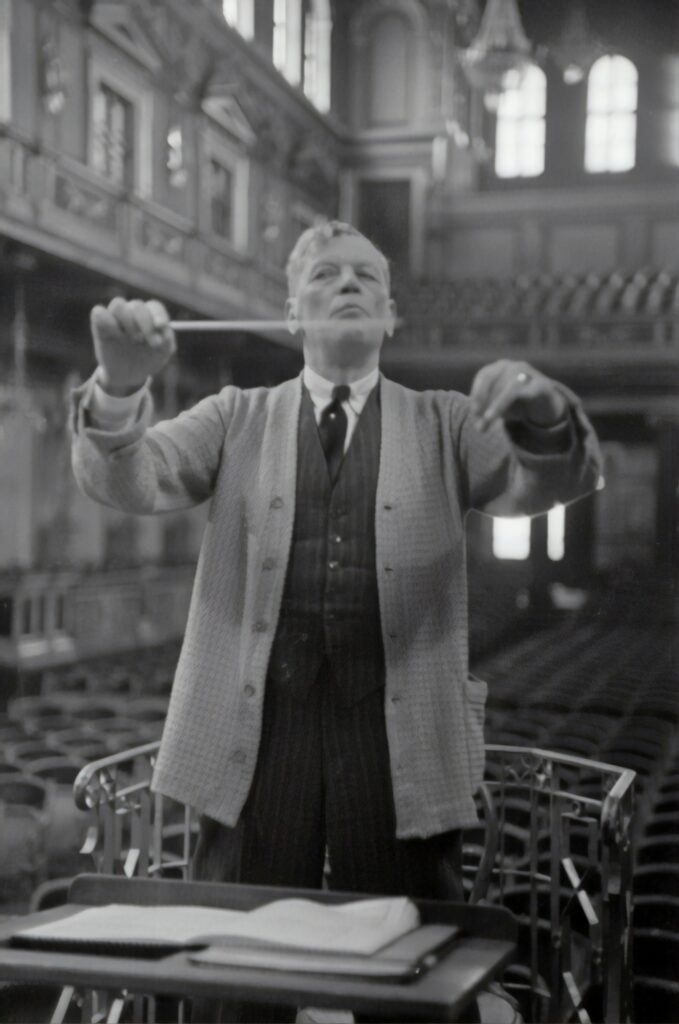
Building Trust and Cohesion
A conductor is more than just a musical director; they are a leader who must build trust and cohesion within the ensemble. This leadership role is not just about musical expertise but also about interpersonal skills. A conductor needs to create an environment where musicians feel respected, valued, and motivated to contribute their best to the performance.
Building trust takes time and requires a combination of clear communication, empathy, and consistency. Musicians need to trust that the conductor’s decisions are in the best interest of the music and that their leadership will result in a performance that is greater than the sum of its parts. This trust is essential, especially in moments of tension or when the ensemble faces challenges, such as difficult passages or unexpected circumstances during a performance.
Emotional Intelligence
Effective conducting also requires a high degree of emotional intelligence. Conductors must be attuned to the emotional atmosphere of the ensemble, both during rehearsals and performances. This involves understanding the moods and motivations of the musicians, managing conflicts, and maintaining morale.
Conductors like Leonard Bernstein were known for their ability to connect with musicians on an emotional level, inspiring them to deliver deeply moving performances. Bernstein’s charismatic leadership and passion for music created an environment where musicians felt motivated to perform with both technical precision and emotional depth.
Emotional intelligence also plays a role in how conductors handle the stress and pressure of their position. Conducting can be mentally and physically demanding, requiring intense concentration, stamina, and the ability to remain composed under pressure. The best conductors are those who can manage these demands while maintaining a positive and encouraging presence on the podium.
Iconic Conductors and Their Leadership Styles
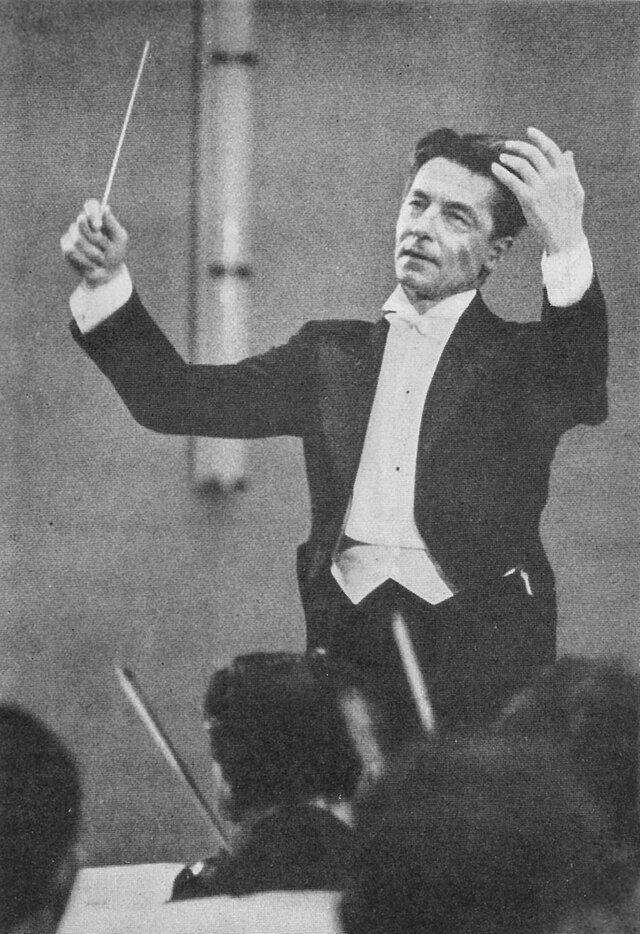
船山克 (Katsu Funayama)
朝日新聞社 (Asahi Shinbun Publishing Co., LTD. Tokyo Japan)
Throughout history, there have been many iconic conductors, each with their own unique leadership style. For example, Herbert von Karajan was known for his authoritarian approach, demanding absolute precision and control from his musicians. His recordings with the Berlin Philharmonic are legendary for their clarity and perfection.
In contrast, Leonard Bernstein was celebrated for his inclusive and inspirational leadership style. He was known for his ability to bring out the best in his musicians through a combination of deep musical insight, emotional expressiveness, and an infectious enthusiasm for the music.
Other conductors, like Sir Simon Rattle and Marin Alsop, have been praised for their collaborative approach, working closely with musicians to create a shared interpretation of the music. This approach emphasizes the importance of mutual respect and cooperation in achieving a successful performance.
Challenges and Misconceptions
Misunderstandings about the Role
Despite the critical role conductors play in shaping a performance, there are many misconceptions about their work. One common stereotype is that conducting is simply about keeping time, a task that could be done by anyone with a basic understanding of rhythm. However, this view overlooks the complexity of the conductor’s role, which involves not just timekeeping but also interpreting the music, leading the ensemble, and making real-time decisions during a performance.
Another misconception is that the conductor’s job ends when the performance begins. In reality, conducting is an ongoing process that requires constant attention and adaptation. A conductor must be able to respond to the subtle shifts in the music and the ensemble, guiding the performance towards a cohesive and expressive interpretation.
The Pressure of Performance
Conducting is a high-pressure job that requires a unique combination of musical expertise, leadership skills, and physical endurance. During a performance, the conductor is responsible for maintaining the overall direction and coherence of the music, ensuring that all the musicians are in sync and that the interpretation remains true to the artistic vision.
This pressure can be intense, especially during high-stakes performances such as premieres or recordings. Conductors must be able to stay focused and composed, even in the face of unexpected challenges or technical difficulties. The ability to perform under pressure is what separates great conductors from merely competent ones.
The Future of Conducting
Diversity and Inclusion
The field of conducting has historically been dominated by men, particularly those of European descent. However, in recent years, there has been a growing movement towards greater diversity and inclusion in conducting. More women, people of color, and individuals from diverse cultural backgrounds are entering the field, bringing new perspectives and approaches to the art of conducting.
This shift is not only important for representation but also for the enrichment of the musical landscape. Conductors from diverse backgrounds bring their unique experiences and insights to the music, leading to performances that are fresh, innovative, and reflective of a broader range of human experiences.
Innovations in Conducting
As technology continues to advance, it is also influencing the art of conducting. Digital scores, virtual rehearsals, and even AI-assisted conducting tools are becoming more common, offering new possibilities for conductors and musicians alike. These innovations are not only changing how conductors work but also how they interact with musicians and audiences.
For example, digital scores allow conductors to make real-time annotations and adjustments during rehearsals, streamlining the rehearsal process and improving communication with the ensemble. Virtual rehearsals, while initially a necessity during the COVID-19 pandemic, have opened up new possibilities for collaboration between musicians and conductors across the globe.
While these technological advances are exciting, they also raise questions about the future of conducting. Will technology change the role of the conductor, or will it simply enhance their existing responsibilities? Only time will tell, but one thing is certain: the art of conducting will continue to evolve, adapting to new challenges and opportunities while remaining a vital part of the musical experience.

